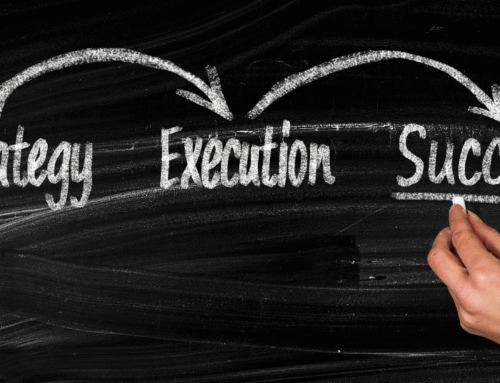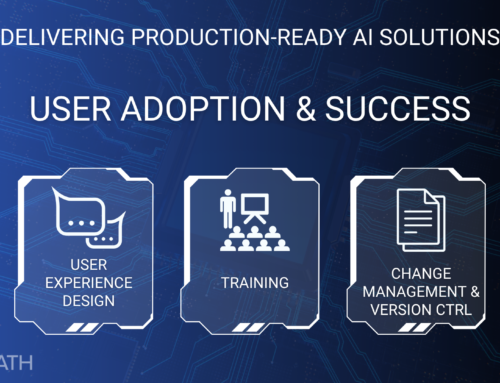When applying a lifecycle approach to MLOps, it's essential to recognize that different layers within the MLOps framework may be at varying maturity levels.
For more information about our layered approach to enterprise-ready MLOps (eMLOps) see:
This lifecycle approach aims to incrementally advance each layer towards higher levels of automation and sophistication, ultimately achieving a fully mature MLOps pipeline. Here's how such an approach would work:
1. Assessment of Current Maturity Levels
- Layer-by-Layer Evaluation: Begin by assessing the current maturity level of each layer in the MLOps framework, such as the data layer, model development layer, model deployment layer, and DevOps layer. For example:
- The data layer might be at a maturity level where data collection is automated but data quality checks are manual (level 1).
- The model deployment layer might still involve manual deployments (level 0), while the model development layer might be partially automated with continuous integration in place (level 1).
- Gap Analysis: Identify the gaps in automation or processes within each layer. Understanding these gaps helps prioritize which layers need immediate attention.
2. Layer-Specific Roadmaps
- Customized Roadmaps: Develop a roadmap for each layer, targeting the specific maturity level you aim to achieve. This roadmap should include milestones that progressively increase the level of automation and integration in each layer.
- Incremental Improvements: For the data layer, this might involve automating data validation and quality checks, moving from level 1 to level 2. For the model deployment layer, it might involve introducing CI/CD pipelines and automated testing to transition from level 0 to level 1.
3. Prioritization and Iteration
- Prioritize by Impact: Focus first on layers where increased maturity would have the most significant impact on the overall MLOps pipeline. For instance, if model deployment bottlenecks are slowing down the release of new models, advancing the deployment layer's maturity could be prioritized.
- Iterative Approach: Work iteratively, enhancing one layer at a time while ensuring that changes in one layer positively affect others. For instance, improvements in the data layer can enhance model performance and, in turn, affect how models are developed and deployed.
4. Cross-Layer Synergy
- Interdependencies: Recognize the interdependencies between layers and ensure that advancements in one layer are aligned with others. For instance, as the model development layer moves to higher levels of automation (e.g., automated model retraining), the data layer must also mature to provide the necessary high-quality, timely data for retraining.
- Integrated Feedback Loops: Implement feedback loops between layers. For example, monitoring and logging from the DevOps layer should provide insights into the performance of models in production, which can then be used to trigger automated retraining in the model development layer.
5. Monitoring Progress and Adjusting
- Continuous Monitoring: Regularly monitor the progress of each layer's maturity and adjust the roadmap as needed. As new technologies or methodologies emerge, these may provide opportunities to advance maturity levels faster or more efficiently.
- Alignment with Business Goals: Ensure that the maturation of each layer is aligned with broader business goals. For example, if the business requires rapid deployment of models, the maturity of the deployment layer should be a primary focus.
6. Achieving Full Maturity
- Layer Harmonization: As each layer reaches full automation (level 2), harmonize the layers to work seamlessly together. Full maturity is achieved when all layers are fully automated, well-integrated, and capable of supporting continuous delivery of ML models in production.
- Scalability and Flexibility: A fully mature MLOps solution is scalable and flexible, allowing the enterprise to easily adopt new models, handle growing data volumes, and maintain high levels of performance and reliability.
Summary
A lifecycle approach to MLOps that considers the maturity levels of different layers allows for a strategic, incremental improvement across the entire machine learning pipeline. By assessing, prioritizing, and iterating on the maturity of each layer, enterprises can work towards a fully automated, efficient, and integrated MLOps solution that meets their operational needs and business goals.





